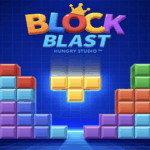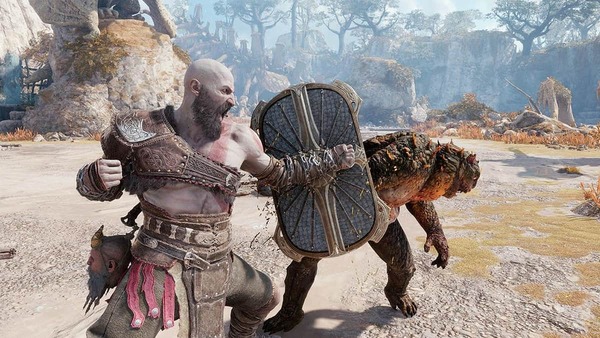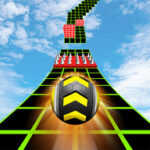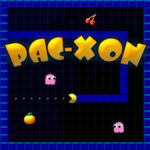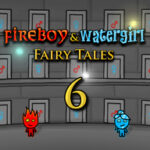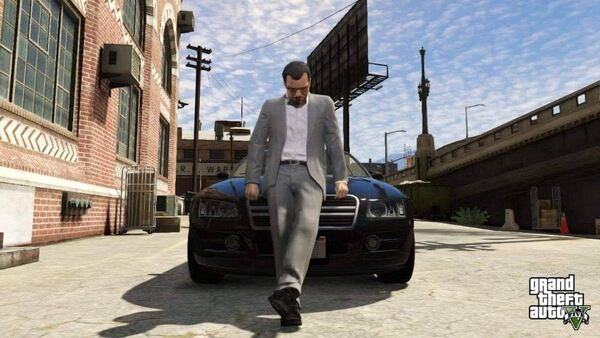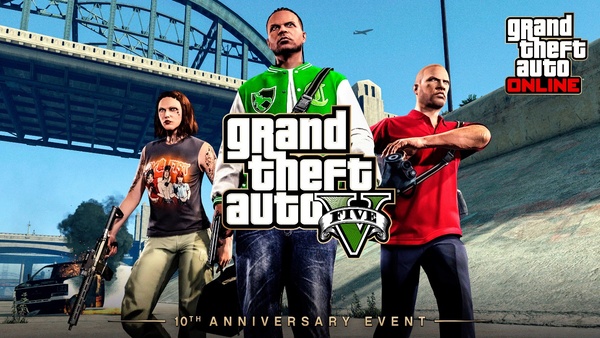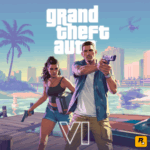Since its release, Dota 2 has stood as one of the most complex, competitive, and influential games in the esports world. With a legacy rooted in the original Defense of the Ancients (DotA) mod for Warcraft III, Dota 2 has grown into a global phenomenon — combining deep mechanics, rich lore, and one of the most passionate player bases in gaming history. It’s more than a game; it’s a living battlefield of strategy, skill, and endless adaptation.
In this article, we’ll trace the journey of Dota 2 from its early development through its transformation into a major esports spectacle. We’ll examine gameplay systems, meta evolution, economic models, community dynamics, and the pros and cons that define its legacy.
1. Origins and Foundation of Dota 2
The Birth from Modding Culture
Dota 2’s story begins in the early 2000s, when modders used Blizzard’s Warcraft III engine to create a new type of gameplay. The Defense of the Ancients mod became wildly popular, offering players five-versus-five team-based matches with distinct heroes, RPG progression, and strategic objectives.
Valve’s Involvement
Recognizing the mod's potential, Valve hired IceFrog, one of DotA’s main developers, to create a standalone version. Dota 2 was officially announced in 2010 and launched in 2013. Unlike other MOBAs that simplified the genre, Dota 2 preserved DotA’s depth — solidifying its identity as a complex, skill-intensive strategy game.
2. Game Mechanics and Systems
Hero Pool and Role Diversity
Dota 2 boasts over 120 unique heroes, each with different skills, mechanics, and scaling patterns. Players assume roles such as carry, support, offlaner, and midlaner, which influence early-game decisions and late-game power spikes.
Itemization and Power Curves
Item choices are critical and flexible. Rather than relying on fixed builds, Dota 2 rewards reactive itemization. Items like Black King Bar, Aghanim’s Scepter, and Blink Dagger define both offensive and defensive strategies.
Core Mechanics:
-
Denying (killing your own creeps to deny XP)
-
Day-night cycles
-
Vision control via wards and dewards
-
Courier system for item delivery
3. The Evolution of the Meta
Patch Updates and Shifting Balance
Dota 2’s meta — the “most effective tactics available” — is constantly evolving due to regular patches. Heroes rise and fall in viability, often drastically, with the smallest balance changes.
Strategic Innovations
From tri-lane dominance to hyper-aggressive roaming or farming-focused split push, the meta has transformed repeatedly. Teams like OG, EG, and Team Liquid have popularized entire styles of play.
Memorable Meta Trends:
-
Deathball strategies (2014–2015)
-
Zoo meta with summon units (2020)
-
Utility midlaners like Puck and Void Spirit (2022)
-
Dual-core metas (multiple carries sharing farm)
4. The International and Dota’s Esports Culture
The Birth of The International
In 2011, Valve launched the first International tournament with a $1.6 million prize pool — groundbreaking at the time. Since then, it has become the largest esports event in terms of prize money, with TI10 boasting over $40 million.
Community-Driven Prize Pools
Valve innovated by allowing players to contribute via the Battle Pass system, with a portion of proceeds going to the prize pool. This made The International a celebration of community and competition alike.
Esports Legacy:
-
Iconic TI wins: OG (2018, 2019), Team Spirit (2021)
-
Legendary rivalries: Natus Vincere vs. Alliance, OG vs. PSG.LGD
-
Rising stars: Topson, Ana, Yatoro
5. In-Game Economy and Monetization
Free-to-Play With Cosmetic Monetization
Dota 2 is free-to-play with a monetization model focused on cosmetics — skins, announcers, HUDs, loading screens, and music packs. Crucially, none of these affect gameplay balance.
Battle Passes and Arcanas
Annual Battle Passes offer seasonal content, quests, exclusive skins, and voice packs. Arcanas, ultra-rare cosmetic upgrades, are prized by players and sometimes controversial due to drop rates.
Monetization Features:
-
Compendiums and events
-
TI supporter packs for favorite teams
-
Dota Plus subscription with coaching tools
6. Learning Curve and New Player Experience
Complexity as a Barrier
Dota 2 is notoriously difficult to learn. With over 100 mechanics, synergy rules, and exceptions, new players often feel overwhelmed. Despite tutorials and coaching tools, the early game can be daunting.
Community Coaching and Guides
Fortunately, the community has produced thousands of guides, tutorials, and third-party tools (like DotaBuff, OpenDota, and YouTube content) to help new players grasp the fundamentals and develop deeper knowledge over time.
Beginner Challenges:
-
Map awareness
-
Last-hitting/denying
-
Effective warding
-
Teamfight positioning
7. Art Style, Lore, and World-Building
A Universe Beneath the Arena
Dota 2 is set in a rich fictional world with gods, warriors, assassins, and outcasts. Though gameplay doesn't depend on story, each hero has detailed lore and voice lines that reveal their personality and history.
Evolving Visual Identity
Dota 2’s art style is stylized realism with fantasy elements. Over time, the engine and models have evolved, and cosmetics allow players to customize visual effects, animations, and even the UI.
Notable Lore Threads:
-
Sisters of the Veil (Templar Assassin, Phantom Assassin)
-
Invoker and his daughter, Filomena
-
The rise of Arc Warden and the rebirth of the Ancients
8. Community, Modding, and Content Creation
Fan Art, Workshop, and Voice Packs
Dota 2’s Steam Workshop enables fans to submit cosmetic designs and voice packs. Many in-game items and announcer packs come from the community, providing incentives for creative involvement.
Content Creators and Analysts
Streamers like Gorgc, Jenkins, and Sheever keep the game alive with daily content, analysis, and educational streams. Casters like ODPixel and TobiWan have created iconic esports moments.
Community Highlights:
-
Custom games (Auto Chess, Dota Imba)
-
Meme culture (Techies, “Gaben bless,” Roshan cheese)
-
Reddit’s /r/dota2 as the central hub
9. The Future of Dota 2
Potential Innovations
As Valve continues to support the game, speculation grows about AI coaching, new maps or modes, and cross-franchise collaborations. The introduction of Crownfall — a narrative-driven event — has sparked hope for deeper story integration.
Community Sustainability
The biggest challenge is keeping the game fresh and welcoming, especially for new players. With competition from other MOBAs and emerging genres, Dota must evolve while preserving its core.
Future Wishlist:
-
Enhanced onboarding systems
-
Seasonal map rotations
-
Expanded lore campaigns
-
Better matchmaking and behavioral systems
Conclusion: Dota 2’s Legacy and Endurance
Dota 2 is a game of infinite depth, unmatched strategy, and raw competitive emotion. It’s not just about winning — it’s about learning, adapting, and outsmarting your opponents in an ever-shifting arena of heroes, tactics, and chaos. With a player base that spans the globe and an esports scene that captures millions, Dota 2 continues to evolve, challenge, and inspire.
Even after a decade, the battlefield remains fresh — and every game holds the potential for brilliance. Whether you're a veteran support player, a flashy midlaner, or a curious beginner, Dota 2 offers a journey that rewards those willing to master it.




